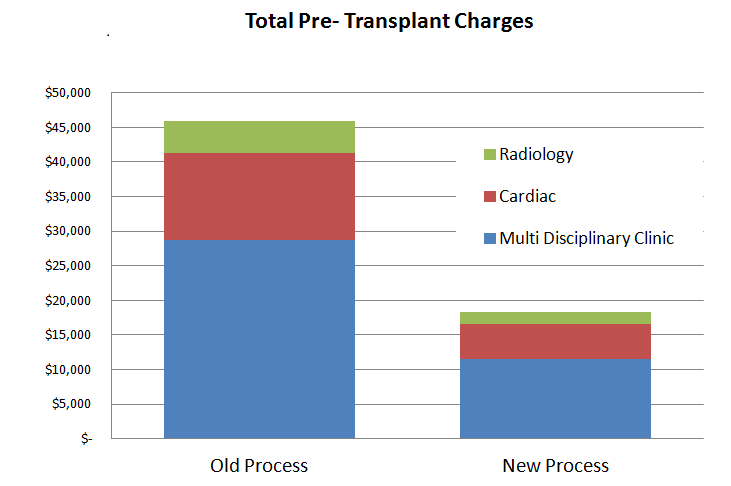Kidney Waitlist Management: The Readiness Model of Predicting Transplants Under the Kidney Allocation System.
Transplant Center, Massachusetts General Hospital, Boston, MA
Meeting: 2017 American Transplant Congress
Abstract number: D289
Keywords: Economics, Kidney transplantation, Waiting lists
Session Information
Session Name: Poster Session D: Non-Organ Specific: Economics, Public Policy, Allocation, Ethics
Session Type: Poster Session
Date: Tuesday, May 2, 2017
Session Time: 6:00pm-7:00pm
 Presentation Time: 6:00pm-7:00pm
Presentation Time: 6:00pm-7:00pm
Location: Hall D1
Based on the Organ Procurement and Transplantation Network data, between 2001 and 2016 the national kidney wait-list has grown from 51,271 to 100,791 (97%). At the Massachusetts General Hospital (MGH) our kidney wait-list has grown by 257% over the same period. Also evident by 1 and 2 year transplant percentage figures, national waiting times have increased significantly with Region 1 (New England) showing an even greater increase. Over the same 15 year period, this resulted in a 97% rise in waiting list removals due to death or being too sick for transplant nationally, compared to 153% rise at MGH.
Pre-transplant associated charges are the sum of initial evaluation and waitlist maintenance charges. To minimize those, we developed a prediction model using methodology based on the newly implemented Kidney Allocation System (KAS), specifically its classifications and allocation points. We also factored in patients with shorter waiting time, e.g. eligible for Hepatitis C positive donor kidneys. With a growing waiting list of >750 patients, and annual transplant volume of only 125, the model predicted with 85% accuracy patients who received a deceased donor kidney transplant within one year. The majority of the 15% unpredicted transplants were 0-ABDR mismatch kidneys which could not be accounted for. Our model included a collaboration system which enabled the performance of required additional testing at the time of admission for transplant.
This model facilitated (1) prioritizing pre-transplant workup for waitlisted patients, (2) eliminating repetitive testing and associated charges [fig 1], (3) cost-effectively streamlining initial evaluation process, and (4) increasing patient satisfaction rates. We thus efficiently utilized resources and optimized waiting list management, both economically and operationally.
In conclusion, despite growing waitlist size and increased waiting time, a KAS based prediction model was successfully implemented. This was achieved with a very low risk to the health of our patients. Education of patients and referring providers regarding this model was essential to its success.
CITATION INFORMATION: Elias N, Kimball B, Walsh L, Wojciechowski D, Markmann J, Heher E. Kidney Waitlist Management: The Readiness Model of Predicting Transplants Under the Kidney Allocation System. Am J Transplant. 2017;17 (suppl 3).
To cite this abstract in AMA style:
Elias N, Kimball B, Walsh L, Wojciechowski D, Markmann J, Heher E. Kidney Waitlist Management: The Readiness Model of Predicting Transplants Under the Kidney Allocation System. [abstract]. Am J Transplant. 2017; 17 (suppl 3). https://atcmeetingabstracts.com/abstract/kidney-waitlist-management-the-readiness-model-of-predicting-transplants-under-the-kidney-allocation-system/. Accessed December 16, 2025.« Back to 2017 American Transplant Congress
